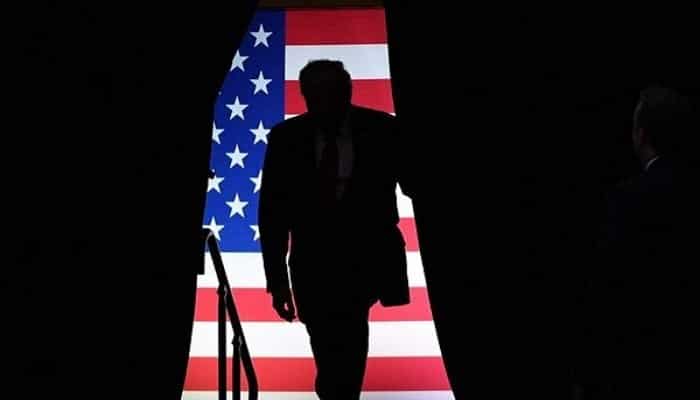PNN – Trump’s plan for a ceasefire in Gaza faces major strategic ambiguities that put the future of Palestine and the region at serious risk.
According to the report of Pakistan News Network, Al Jazeera News Network examined US President Donald Trump’s plan for a ceasefire in Gaza in a report and wrote that the details and timing of the 20-point plan unveiled at the White House on Monday remain unclear. The plan has many ambiguities that could be crucial for the future of Palestine and the region.
Al Jazeera continues to address 5 vital and important points in this plan about which there is a lot of ambiguity. These 5 points are:
- How will Gaza be governed?
The plan envisions “temporary transitional governance for a non-political, technocratic Palestinian committee” that would oversee affairs in the Gaza Strip, but it is unclear how the committee would be formed or who would select its members.
In addition, the plan specifies that Trump and former British Prime Minister Tony Blair will lead a “peace council” that oversees the governing committee; but the roadmap does not clarify the nature of the relationship between this committee and the Palestinian committee, or at what level day-to-day decisions will be made.
Read more:
Witkoff’s claim about the impact of implementing Trump’s Gaza plan on the war in Ukraine!
- Will the Palestinian Authority participate in the formation of a Gaza state?
Trump’s plan stipulates that transitional authorities will take control of Gaza until “the Palestinian Authority completes its reform program” and “can safely and effectively restore control of Gaza.” However, it is still unclear who will decide whether the Palestinian Authority is ready to take control of Gaza, or what criteria must be met for the Palestinian Authority to take over the affairs of the Gaza Strip.
There is no timetable in the plan; we only see a vague statement. While Netanyahu has announced his agreement with the proposal, he has ruled out the return of the Palestinian Authority to Gaza, saying: Gaza will not be run by Hamas or the Palestinian Authority.
- How will the international force be formed?
The plan stipulates that security in Gaza will be ensured by “an interim international stabilization force,” but where will these forces come from and what will their mission be? It is unclear which countries are willing to send troops to Gaza, or which of them would be acceptable under the plan.
The proposal also does not clarify the responsibilities and rules of engagement of the potential peacekeeping force, and it is unclear whether the force would act as an army, police force, or monitoring force? And whether it would have a mission to confront Hamas? And whether it would be able to fight Israeli forces to protect Palestinians?
- When will the Zionist regime withdraw from Gaza?
The proposal stipulates that the Israeli regime will withdraw from Gaza based on criteria, milestones, and time frames related to disarmament. The clause does not specify a timetable for the Israeli withdrawal or clear criteria for how and when it will occur.
In addition, the plan stipulates that the Israeli regime will maintain a “security environment” in Gaza, and this will continue until the Gaza Strip is completely safe from any new terrorist threats. But there is no information about who will ultimately decide when these conditions are met.
- Is the formation of a Palestinian state a possibility?
Trump said at his press conference on Monday that many allies have foolishly recognized the state of Palestine, but in my opinion, they are doing so because they are tired of the way things are going. The proposal hints at the possibility of a Palestinian state behind a thick wall of ambiguity, conditions and restrictions.
Therefore, the development of Gaza and reforms of the Palestinian Authority have been set as preconditions, and even then, Trump has used the phrase “possible” to talk about starting negotiations for the formation of a Palestinian state, which means that this is by no means guaranteed.
The plan does not even recognize the Palestinians’ right to form an independent state, but rather states that the formation of an independent state is the goal that the Palestinians seek. Therefore, this clause, like the rest of the declaration, is fraught with ambiguity and lack of clarity.

